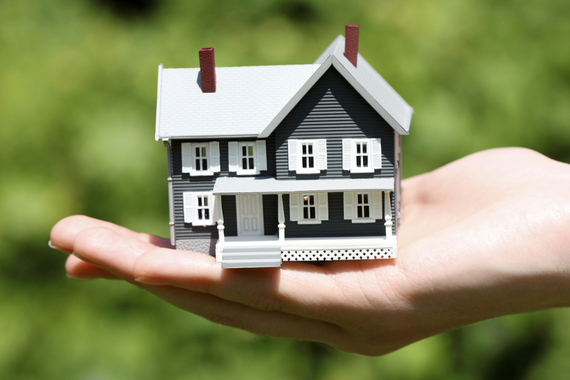Let's think about fix and flip real estate investing as a comparison of two approaches to selling clothing. In the first, you're holding a garage sale, and your customers are actively seeking bargains. They're willing to fix them up if they can get the right price, and they're even planning on reselling them at a profit.
Then there is the high end retail clothing store, with upscale displays, more choices and lots of chic merchandise. Does it cost a lot more to create that retail establishment and stock it? Sure it does. The garage sale is bargain basement, and it's just the right market for some buyers. They aren't going to shell out top dollar, but you're not spending nearly as much to put the merchandise on display for their selection.
Wholesale Fix and Flip
Let's call the garage sale concept "wholesale" fix and flip. You're buying homes in poor condition, tightly budgeting rehab, and probably selling to a rental investor who wants a ready-to-rent property, but at a cost below current market value. They're astute and they know the numbers, much like those "semi-pro" garage sale buyers who turn around and re-sell on eBay. They are great customers, but you must know and meet their investment objectives. Fit and finish in your rehab is of good quality, but it's definitely bought on a budget.
This niche has made a lot of money for a lot of fix and flip investors. This has been a great strategy while high levels of foreclosure inventory were available. It also benefitted from those not-too-distressed homes that didn't need a ton of rehab work that raised everyone's cost. Unfortunately, it's getting more challenging to find homes that provide the same opportunity now that foreclosure inventories are shrinking. Also, there are many out there that have been vacant for long periods, and rehab is quite costly.
Retail Fix and Flip
Let's shift gears and look at fix and flip like that retail upscale clothing shop. Our customer now isn't another investor, but instead a retail buyer. They want a home for their family, and they have some desires for features and amenities that raise the cost of rehab. The good news is that they aren't trying to buy at a discount, though they do have a price range they can afford and finance.
This customer buys with emotion and justifies their purchase with logic. The wholesale buyer is all logic and numbers. This customer will respond well to upscale fit and finish choices. They want what they're seeing in new homes builders are pushing. Often they will decide on a new home, even though it isn't in an area they like as much, simply because it has the amenities and features they want.
The fix and flip investor can spend more in their rehab for these upscale amenities and better fit and finish because their customer will pay for it. So, it seems like it should be easy to make the switch and just change who you target as your customer. It can be, but only if you go to market differently.
Marketing for Retail Fix and Flip
It's not just an ad in the classifieds and a couple of yard signs on street corners for this target customer. You need to create your own brand, marketing that brand much like the new home builder. You must have better marketing materials, from brochures to advertising to reach this buyer. Think of it like a clothing designer label. You connect your product with the buyers' emotions, and you'll profit handsomely.

